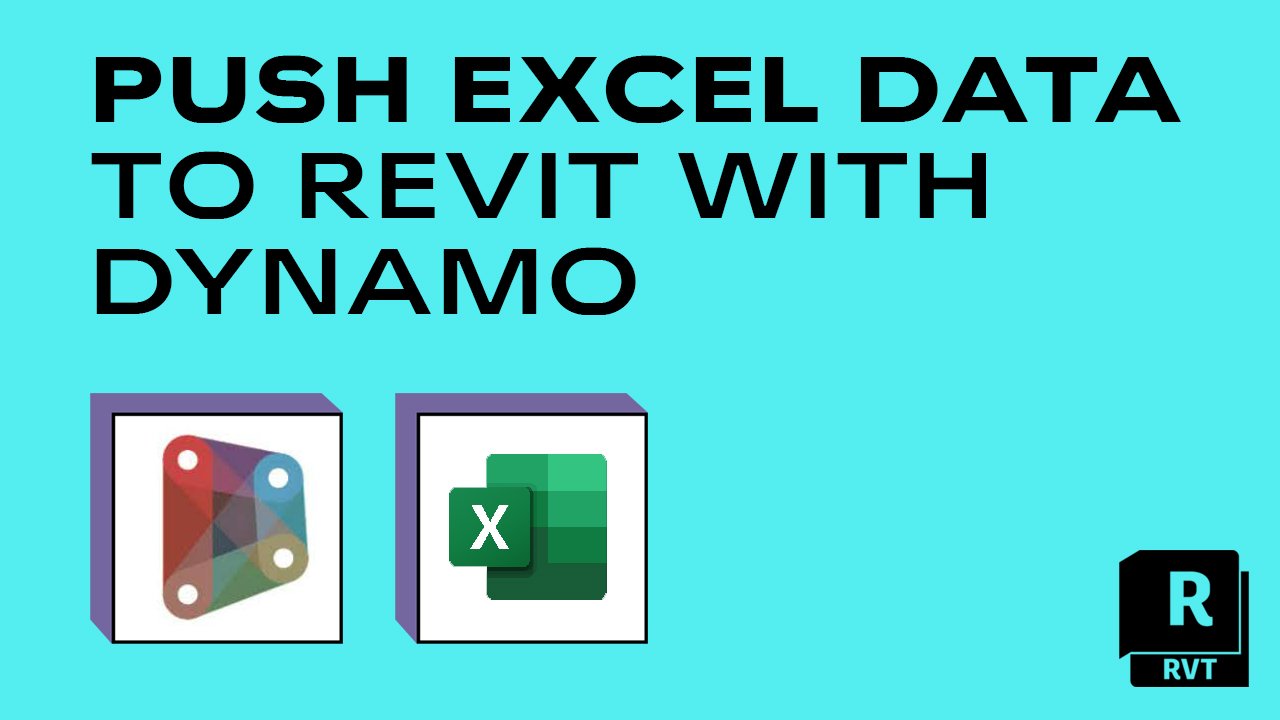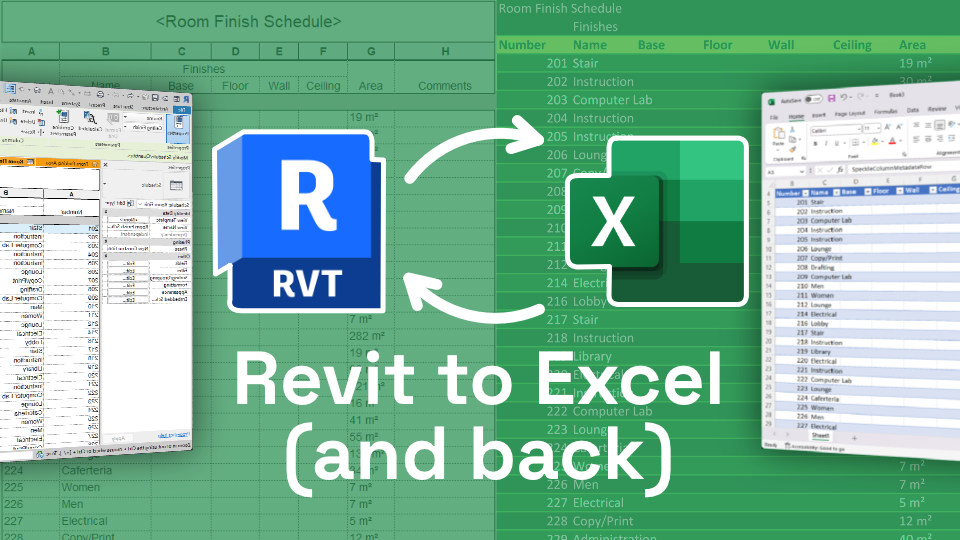Revit Plugins for Unleashing Your Layout Potential
Wiki Article
Excel Empowerment: Supercharge Your Revit Projects With Seamless Information Import
Are you aiming to supercharge your Revit jobs? With smooth data import, Excel empowerment can be the key to unlocking your job's complete capacity. Picture simplifying the import process and making best use of performance via smooth data assimilation. In this short article, we will share suggestions and methods for utilizing Excel in your Revit projects. Discover exactly how harnessing the Excel-Revit link can cause success in your tasks. Obtain ready to take your Revit projects to the next degree with Excel empowerment.The Power of Master Revit Projects
You can supercharge your Revit tasks by using the power of Excel for smooth information import. Excel is a flexible tool that can considerably boost your operations and productivity in Revit (revit tools). With Excel, you can conveniently import and take care of big quantities of data, saving you time and initiativeOne of the essential advantages of using Excel in Revit is its capability to manage complicated calculations and solutions. You can use Excel to execute estimations on your information, such as generating quantities, determining costs, or analyzing performance. When functioning with huge jobs that call for considerable computations., this can be particularly beneficial.

Additionally, Excel supplies a acquainted and straightforward interface for collaborating with data. You can arrange and control your information in a spreadsheet format, making it easy to check out and modify. When teaming up with others or when you need to make fast adjustments to your job data., this can be particularly valuable.
Additionally, Excel allows you to easily import and export data in between Revit and various other software application applications. You can import information from external sources right into Revit, such as material requirements or devices schedules, and export information from Revit to Excel for more evaluation or coverage.
Streamlining Data Import With Master Revit
When using Excel as a tool,Improving data import in Revit becomes less complicated. With Excel, you have the power to seamlessly import and take care of huge quantities of data in your Revit projects. By making use of the familiar user interface and capability of Excel, you can conserve time and increase performance in your process.One of the key benefits of utilizing Excel for information import in Revit is the ability to conveniently organize and control data before importing it into your job. With Excel's powerful features, such as sorting, filtering system, and formulas, you can promptly cleanse up and layout your data to meet the needs of your Revit task.
Moreover, Excel allows you to import information from numerous sources, such as data sources, spread sheets, or perhaps online applications. This flexibility gives you the flexibility to gather data from various systems and consolidate it right into one main location for very easy access and administration.
Additionally, Excel supplies the choice to produce personalized layouts for data import in Revit. By revit plugins producing themes tailored to your job's specific needs, you can make certain uniformity and precision in your information import procedure.
Overall, making use of Excel as a device for data import in Revit streamlines the procedure and boosts your efficiency. Why not take advantage of this effective tool and supercharge your Revit projects with smooth information import utilizing Excel?
Taking Full Advantage Of Effectiveness With Seamless Information Integration
Maximize effectiveness by seamlessly incorporating and managing information in your process. Gone are the days of manually inputting data into your system, losing precious time and resources. With smooth information combination, you can streamline your procedures and supercharge your productivity.
Taking care of information becomes a wind when you have a seamless integration system in place. You can quickly arrange and categorize your information, making it much easier to retrieve and examine. Bid farewell to the days of undergoing unlimited spread sheets for that a person piece of info you need.

Excel Idea for Revit Projects
Furthermore, you can make use of Excel to develop personalized templates for data import and export. This way, you can ensure uniformity and accuracy when moving information between Revit and Excel. On the whole, grasping these Excel tricks and ideas will significantly enhance your capability to manage and adjust data in your Revit tasks.Utilizing the Excel-Revit Connection for Success
To take advantage of your Excel-Revit connection, benefit from the capacity to effortlessly move and synchronize task information. By utilizing this powerful link, you can supercharge your Revit jobs and streamline your process. With simply a few straightforward steps, you can import information from Excel directly right into Revit, conserving you time and guaranteeing precision.One of the crucial benefits of the Excel-Revit connection is the capability to move data effortlessly. Whether you are importing schedules, space information, or even geometry info, Excel supplies an user-friendly interface that permits you to arrange and manipulate your data prior to importing it right into Revit. This means you can easily update and customize your task information in Excel, and with a few clicks, transfer those modifications straight right into your Revit model.
In enhancement to moving data, the Excel-Revit connection likewise enables for synchronization. This suggests that any changes made in Excel can be immediately updated in Revit, guaranteeing that your job information is always up to date. This synchronization function is particularly valuable when taking care of huge and intricate projects, as it eliminates the need for manual data entry and reduces the risk of errors.
Conclusion
So there you have it - the power of Excel in Revit jobs can not be taken too lightly. By simplifying information import and optimizing effectiveness with seamless information integration, you can supercharge your jobs and accomplish success. With the Excel-Revit connection, you have the tools to take your tasks to the following degree and attain phenomenal outcomes. So do not wait any type of longer, start utilizing the power of Excel in your Revit jobs today and unlock a globe of possibilities.You can supercharge your Revit tasks by taking advantage of the power of Excel for seamless information import. With Excel, you have the power to flawlessly import and manage large quantities of data in your Revit tasks (import excel into revit). On the whole, grasping these Excel tips and methods will greatly boost your ability to take care of and control information in your Revit jobs
Whether you are importing timetables, space information, or even geometry details, Excel offers a straightforward interface that permits you to organize and adjust your data before importing it into Revit. By simplifying data import and maximizing effectiveness via seamless information assimilation, you can supercharge your projects and attain success.
Report this wiki page